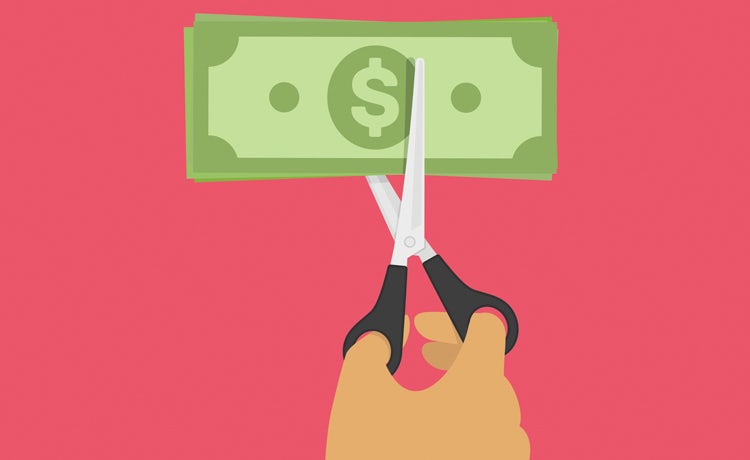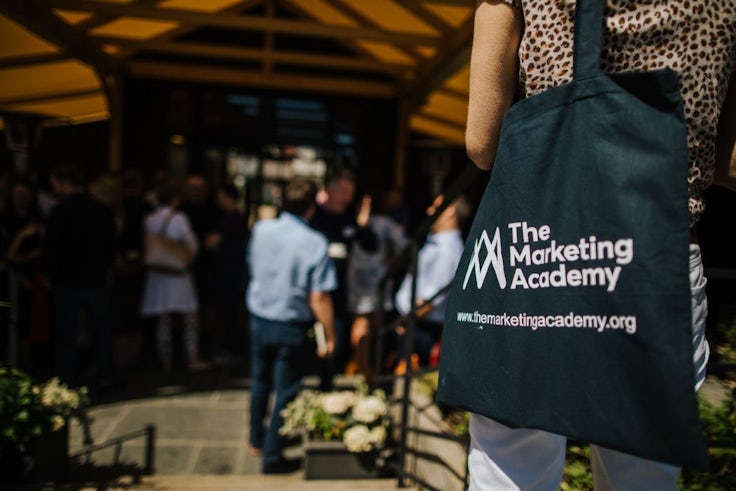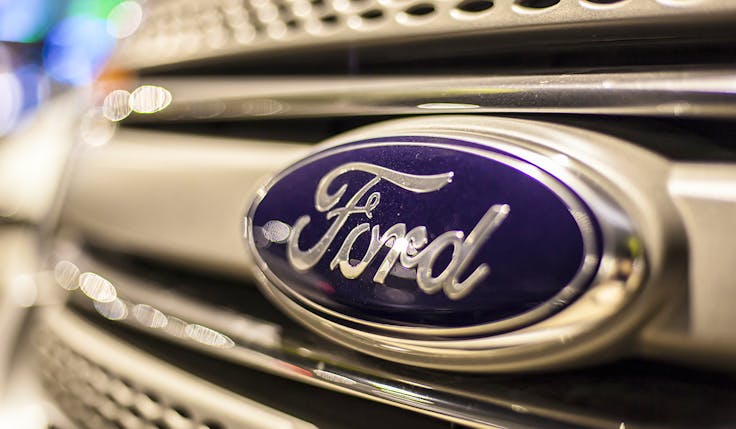Will other brands follow P&G’s lead and cut digital ad spend?
P&G’s decision to cut digital ad spend last quarter shows too many brands are still wasting money on ineffective digital ads.

Procter & Gamble (P&G) last week became one of the first advertisers to admit to a significant reduction in digital ad spend in the wake of the brand safety scandal.
On a results call, the FMCG giant’s CFO Jon Moeller said it had cut between $100m and $140m from its digital ad budget last quarter because of brand safety concerns and “ineffective” ads. In a statement, P&G said the move was temporary as the brand looked to ensure its ads were not being placed in digital forums that did not meet its standards and specifications.
However, Moeller suggested the company was in no rush to put money back into digital media. “Clearly we don’t need to be spending money that is seen by a bot and not a person. Clearly we don’t need to be spending money on ads that are placed in inappropriate places, and that’s why you see a significant reduction.”
That he has taken this view is not surprising given that P&G is saying it saw little downside to this pullback. Moeller highlighted that P&G still delivered over 2% organic sales growth on 2% volume growth, suggesting that what was cut “was largely ineffective”.
He explained: “Importantly, as we made those decisions and put our money where our mouth has been in terms of the need to increase the efficiency of that supply chain, ensure solid and strong placement of individual ads, we didn’t see a reduction in the growth rate.
“What we’d love to do, and what we’re working with our media partners to do, is create a very efficient supply chain that helps us build our brands. And we’d love to invest more in doing just that.”
Moeller did not explicitly point the finger at any particular digital platform, but YouTube in particular has been hit by a scandal over ads appearing next to unsavoury content. P&G’s chief brand officer has also been very vocal about what he calls the “murky” media supply system.
Tackling digital woes
While it is widely known that many brands pulled advertising from YouTube and in some cases Google’s display network, for many that was just a short-term move. The vast majority of brands have said they are now back advertising having been happy with what they have seen from the company in terms of sorting the issue.
However, new data suggests that brands are being more careful about what digital content they advertise alongside. A study by advertising intelligence company MediaRadar Unilever suggests the packaged goods company has reduced its budgets as well as the number of sites it buys on.
Audience buying at scale across the web indiscriminately is madness.
Hamish Nicklin, Guardian News and Media
The report shows Unilever advertised on 606 sites between January and May 2016, but this fell to 540 sites for the same period in 2017, representing an 11% drop. Spend was down 59% year on year.
P&G’s move and the MediaRadar stats suggest brands are now taking steps to protect their brands online.
“It’s quite clear that [brands are] worried about the impact on their brands when placed alongside objectionable content. And some of the ad placements just don’t work. This marries with what we’ve been banging on about all year, which is that audience buying at scale across the web indiscriminately is madness,” says Hamish Nicklin, chief revenue officer at the Guardian News and Media.
The Guardian was one of the brands affected by YouTube’s brand safety scandal, with its brands placed next to extremist content. The publisher consequently pulled all of its advertising from the platform and still has not returned. YouTube has since been on a major drive to reassure advertisers by investing heavily in brand safety measures such as artificial intelligence.
Over investing in digital
There are many in the industry who believe that over-investment in digital is “very common” among advertisers. Last year, WPP’s CEO Sir Martin Sorrell said he expected growth in digital ad spend to slow over the next few years due to concerns over viewability, ad fraud and measurement.
“What has really been happening is questioning digital growth. One of our major clients has talked about investment in Facebook and reducing that, not overall but investment on particular areas of activity,” he explained at the time.
However, this doesn’t appear to be happening yet. The IPA’s latest quarterly Bellwether survey showed that digital ad budgets saw their biggest rise in nearly a decade in the second quarter, while the Ad Association and Warc’s quarterly report showed digital growth continuing.
And it certainly isn’t impact the digital duopoly. Facebook’s results for the three months ending June 30 show its advertising revenues up 47% year on year at $9.2bn despite it admitting to 10 measurement errors.
Meanwhile, YouTube’s brand safety controversy has had little impact on Google’s ad business. Alphabet, Google’s holding company, saw revenues increase 22% year on year to $24.8bn (£19.2bn) in its most recent results and the scandal wasn’t even mentioned on its results call.
“At the end of the day, these companies own an awful lot of different platforms and so I don’t think it will hit them. Those who will be impacted are probably long tail websites that were set up purely to create money out of advertising and don’t add value – and so this isn’t necessarily a bad thing,” Nicklin adds.
Marketers are likely to keep putting money into digital and particularly into Facebook and Google. But that does not mean they shouldn’t re-evaluate how and where they put their money to weed out ineffective spend, as P&G has done.
Marketers should also beware of using digital too much for sales and not enough for brand building. This is an area that even P&G admits it has not got right, and that it needs to focus more building its brands online.
“A lot of people have been seduced by a dream that the big networks such as Facebook, Google and Instagram have promised, which is ‘we can target the shit out of your ads, and make sure your money is reaching people at the right time with the right message’. But direct mail has never been used to build brands, and neither does programmatic buying. Marketers need to finally start taking a different approach to digital marketing,” says Dan Deeks-Osburn creative agency Impero’s strategy director.






